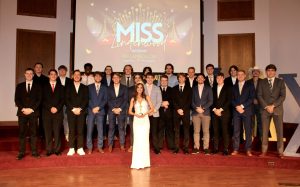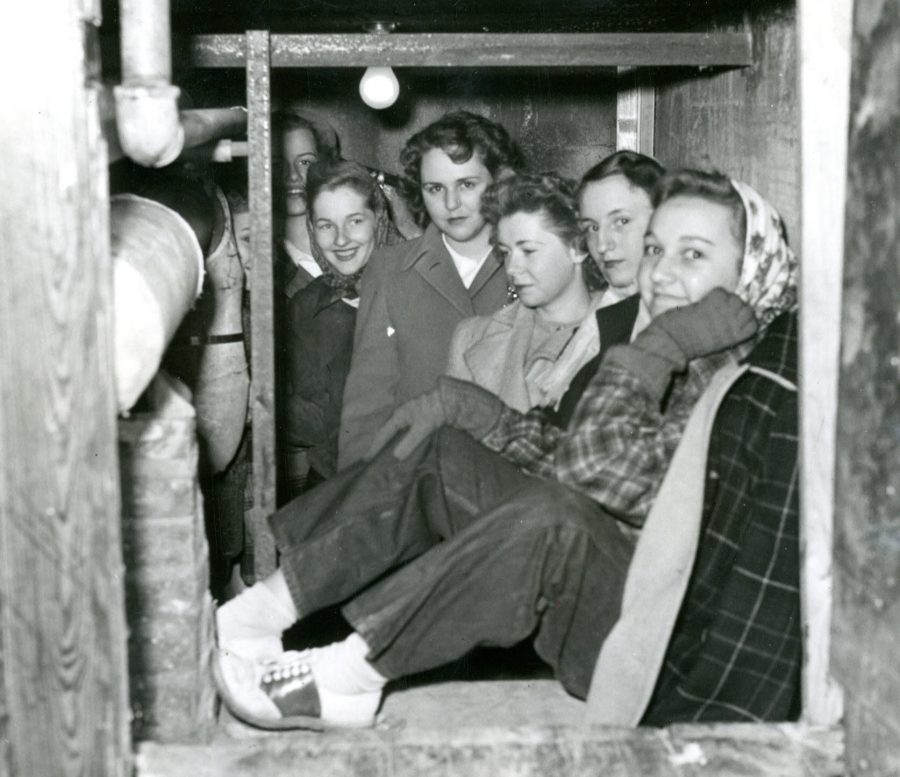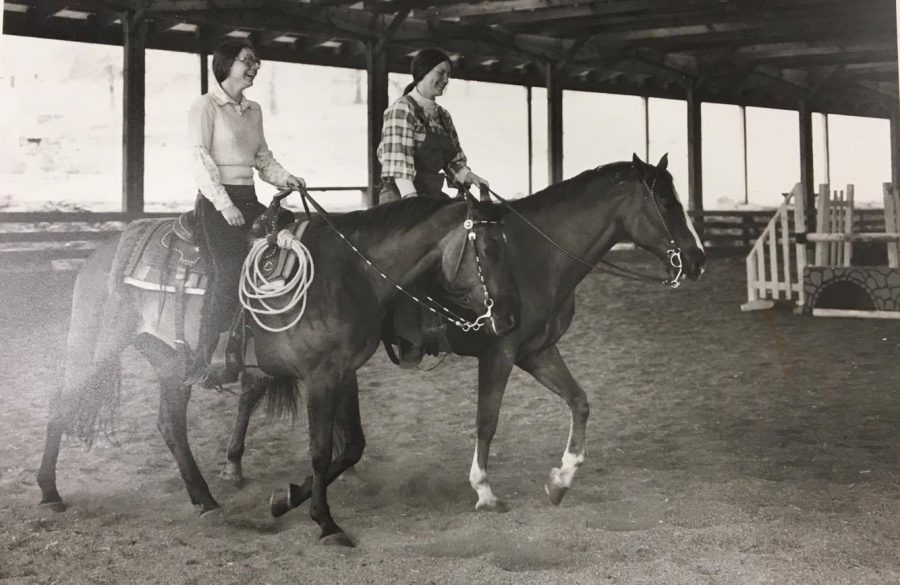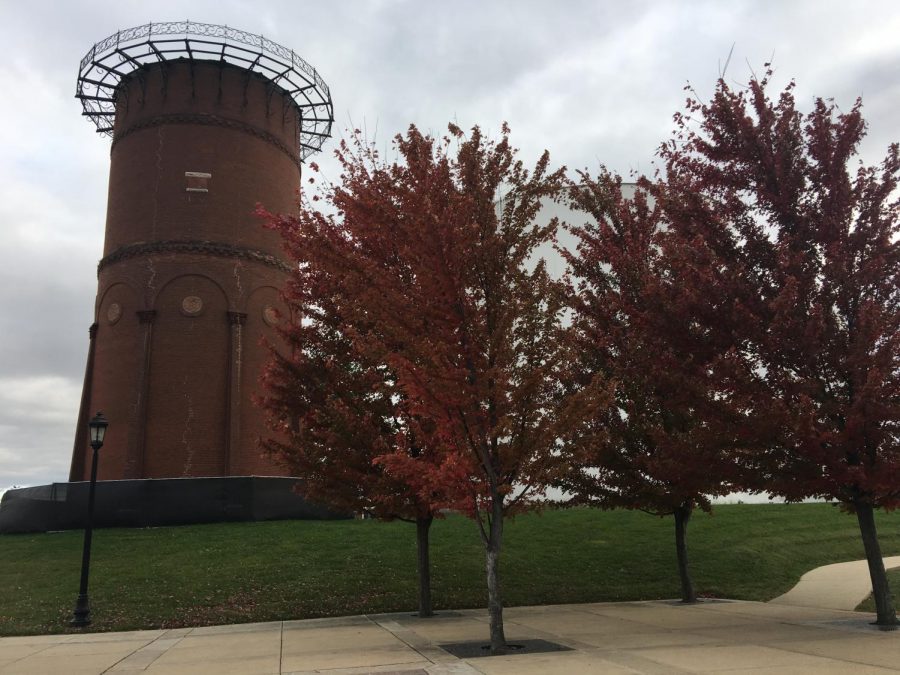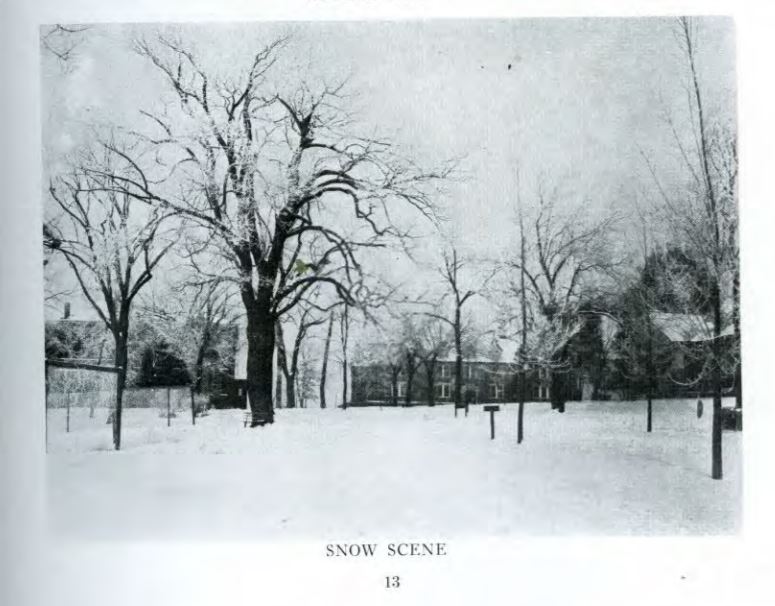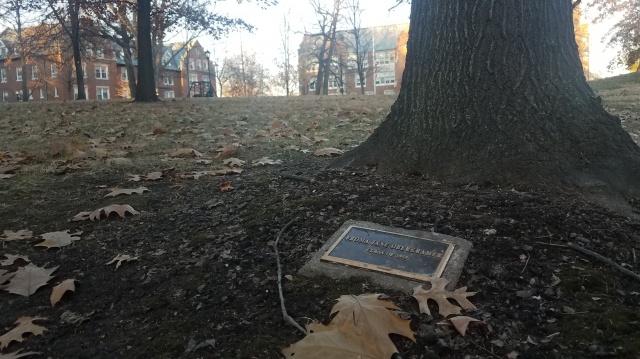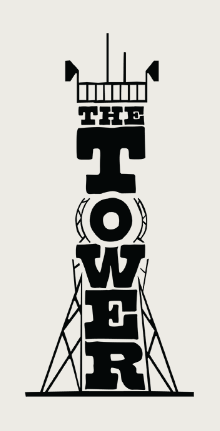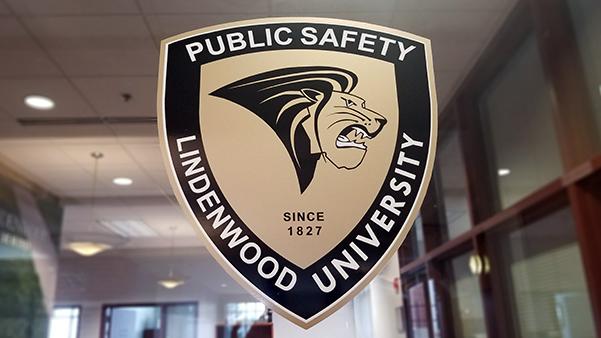
Students gather in tunnels during an air raid drill.
Kristine Wagner | Reporter
From Print [Feb. 2, 2015] | Lindenwood Legacy
Part of the lore of Lindenwood University involves a network of tunnels underneath campus that some say worked as passageways between buildings or were part of the Underground Railroad.Reality isn’t quite as exciting as the rumors, according to Lindenwood Archivist Paul Huffman.
The only documented time the tunnels were open to students was during an air raid drill in 1942, according to pictures and newspaper clippings Huffman has in the archive.
“After the attack on Pearl Harbor in December 1941, concerns over air raids persisted,” an article by Chris Duggan in the Lindenwood Connection said. “[Students] took refuge in the steam tunnels beneath campus, which had been cleaned and outfitted with chairs to convert them to air raid shelters.”
Once people realized an air raid was unlikely to occur in Missouri, the tunnels returned to their previous purpose for utility.
A rumor Huffman said might be true is that the tunnels were used to smuggle alcohol into the dormitories during the 1930s, but there are no official records verifying that.
The tunnels were constructed in 1933 for the steam pipes connecting boiler rooms for heating, as well as electrical wires. The buildings on campus at that time included Sibley, Irwin, Roemer, Niccolls, Ayres, Butler Library and Butler Hall. This disproves the rumor that they were part of the Underground Railroad, which peaked in the 1850s. Huffman points out that while tunnels were not necessary for Lindenwood to be involved in the Underground Railroad, it was unlikely Lindenwood was ever a station since founders George and Mary Sibley were slave owners.
It is also unlikely students ever used them as passageways to travel between buildings. Since the tunnels were built for utility purposes, they were never meant for students to be in and are only about 4 feet tall in places, and about the same number of feet wide.
John Bowman, the director of security at Lindenwood, said that the tunnels are still in use housing pipes and electrical wires. Maintenance checks on them yearly, or as needed. All entrances are locked otherwise, and some tunnels are no bigger than a crawl space. Bowman says that security does not go down into them.

A look inside the tunnels under LU
The rumors of security frequently screening the tunnels may be false, but any students caught in the tunnels risk expulsion from Lindenwood. Even so, some students still try to find entrances.
“The tunnels are probably not as easy [to enter] as they used to be” a commenter on an internet forum with the username SubLunar writes. “They really aren’t very extensive or interesting. They run under a few buildings and don’t access anything all that cool…There’s a small room in the basement of one of the buildings that has a beer pong table set up. That’s about all there is to them.”
To quote crazydrummerdude from the internet forum: “They’re just utility tunnels, people! They hold lots of wires, and lots of spiders. Yahoo.”





